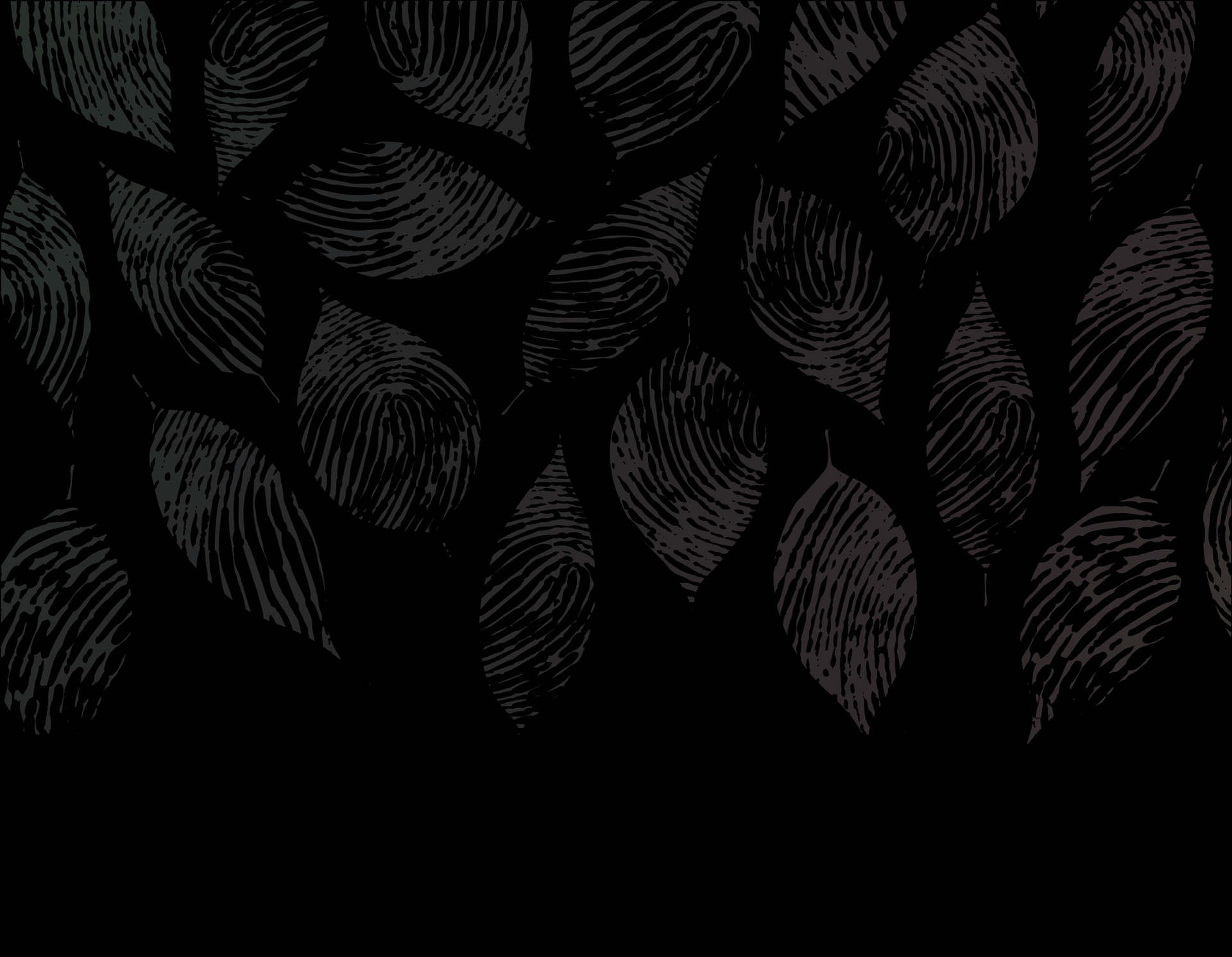Ideas
Idea #1: Creating an Inclusive Classroom Community
“[P]romoting community, conceived of in critical ways, is an important aspect of education for social justice and that it is essential to developing the systems, structures, and networks necessary for sustaining social justice efforts beyond the classroom walls.”3
Learning Intention
Creating an active and encouraging classroom community helps students think more critically about their unique perspectives while also considering the valuable perspectives their peers bring. Successful social change cannot be done in isolation; a strong community is essential. “[W]hat is most important is for the instructor to conscientiously create community through facilitation of activities that require students to both critically reflect upon their experiences and simultaneously support each other.”3
Overview
Provide opportunities within the classroom for students to have exposure and practice participating in environments conducive to social justice learning. “Community-building should be introduced intentionally, and then honored and maintained with care and attention through ongoing debriefs and closures for course or workshop segments.”1
Suggestions
-
Develop principles: Consider developing “principles of practice” with the class that can be enacted, including things like humor and joy, which can protect the environment for everyone in the conversation. 5
-
Create guidelines: Creating class guidelines with students at the start of the term can be an effective method to begin the formation of community and collective course goals. Encourage students to challenge their comfort zones and be open to new ideas; however, ensure that it is done it a way that does not seem punitive and allows space for people living out the issues being discussed.2,5
-
Create an inclusive environment: Structure your classroom to model a non-competitive environment. Students can feel intimidated when large discussions feel more competitive than collaborative, which can make it difficult to create an inviting community in the classroom. Encourage students to be conscious of who contributes and aim to keep it balanced, by planning different styles of activities that appeal to a variety of learning styles and comforts.4
-
Allow informal interactions: More informal interactions can also help students create a trusting community.1 Incorporate these more personal methods of interaction in the classroom, by establishing smaller breakout groups for discussions, providing optional opportunities to share personal experiences, or incorporating arts-based activities that require active student participation and engagement.31>
-
Let students share: Allow students to voice their personal reflections on course content. “[T]he sharing of experiences with peers increase[s] unity within the learning space.”3 Listening to the other voices in the classroom provides the chance for students to connect with real issues of social justice, deepening learning by sharing experiences.
-
Incorporate collaborative exercises: This can help students feel more connected to their classmates. Provide opportunities such as collective brainstorming, team discussions, and other group activities to give students the chance to interact together. 4
References
- Adams, M. & Zuniga X. (2016). Getting Started: Core Concepts for Social Justice Education. In Adams, M., Bell, L.E., Goodman, D.J., & Joshi K.Y. (Eds.), Teachings for Diversity and Social Justice (3rd ed., 123). New York, NY: Routledge.
- Bell, L.E., Funk, M.S., Joshi K.Y., & Valdivia M. (2016). Racism and White Privilege. In Adams, M., Bell, L.E., Goodman, D.J., & Joshi K.Y. (Eds.), Teachings for Diversity and Social Justice (3rd ed., 164). New York, NY: Routledge.
- Bettez S.C. & Hytten K. (2013) Community Building in Social Justice Work: A Critical Approach, Educational Studies, 49:1, 45-66. Available: https://doi.org/10.1080/00131946.2012.749478
- Little, D. (1994). Creating an Inclusive Classroom Environment. In Teaching A Diverse Student Body: Practical Strategies For Enhancing Our Students’ Learning (2nd ed., 5). Charlottesville, VA: University of Virginia. Available: http://cte.virginia.edu/wp-content/uploads/2013/12/Diverse-Student-Body-Chapter-1.pdf
- Vélez, V. & French, K. (2018). Personal interview, Western Washington University.
